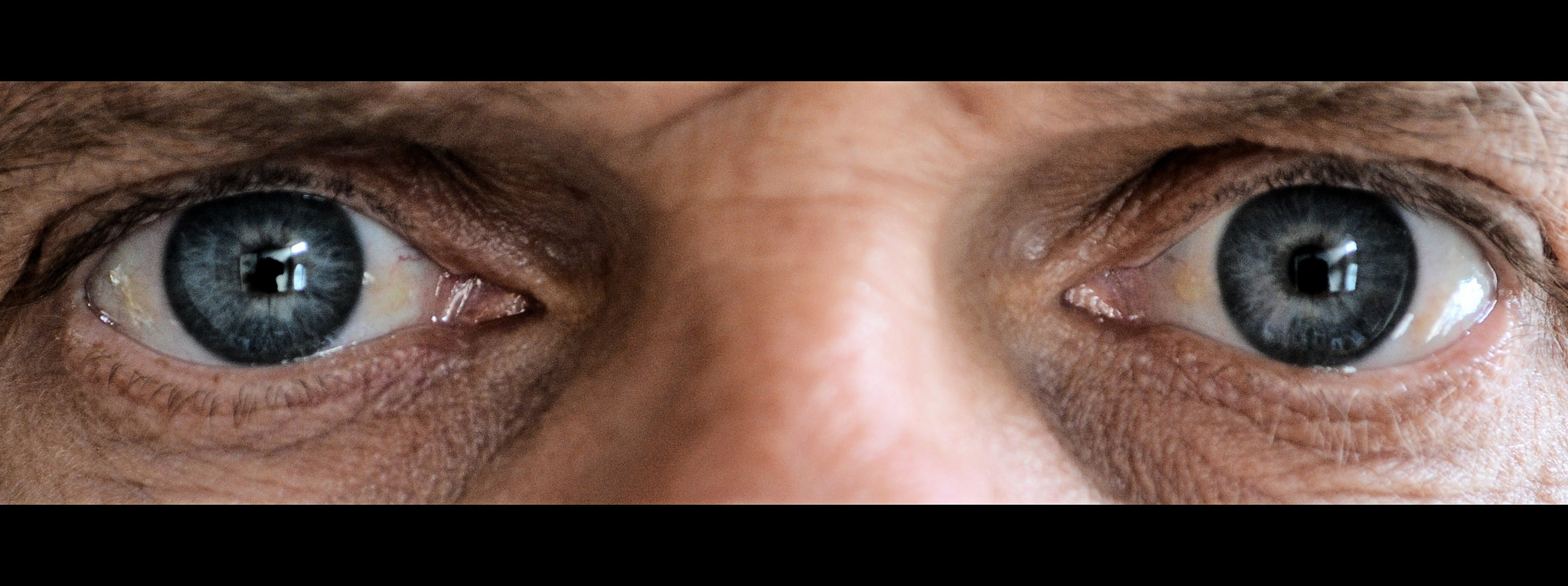We all crave human interaction to varying degrees, and we do what we can to stave off those pangs of loneliness when they come. However, even with human interaction, it’s possible to feel lonely.
Face-to-face communication, especially eye contact, engages all our senses to provide a meaningful, cathartic experience that fully satisfies our primal need for human interaction. With social media and SMS apps, it has become much easier to communicate with someone far away. You can have full conversations with a friend, long-distance or close by, without ever seeing that person. It’s almost the same as talking to someone in person, but that feeling of engagement and intimacy isn’t quite all there.
A recently published study in the journal NeuroImage found that eye contact between two people plays a critical role in successful face-to-face interaction and synchronized brain activity. In other words, eye contact allows you to communicate with another person in ways that go beyond words—social cues, micro-expressions, emotion, and empathy. When you see a friend with cast-down eyes, you don’t need to verbally hear that they’re feeling sad to know that you should act sympathetic or comforting towards them. Similarly, you can also tell from the twinkle and upward slant in a person’s eyes that they’re happy without having to hear it from them directly.
When you replace such interpersonal communication with a technological substitute, you trade in human intimacy for convenience. As a result, you end up missing out on the satisfying feeling that comes from seeing another pair of eyes, which can contribute to feelings of isolation and loneliness.
Image Source: Nick Dolding
If you’ve ever felt lonely, despite talking to friends on Facebook and posting photos on Instagram, one suggestion would be to use social media to make plans with your friend instead of initiating a casual conversation. Webcam programs such as Skype also help a lot when you need some face-to-face communication with your long-distance loved ones. It may not be the perfect substitute for in-person communication—after all, body language and organic, non-computerized voices both play roles in communication—but it definitely beats talking through a keyboard. If you’re interested in social media and how it ties in with loneliness, check out this three-part article on the loneliness of social media by psychology professor Sydney Engelberg.
Social media isn’t all bad when it comes down to the accessibility and ease it provides for everyday communication. However, when those lonely pangs hit, it helps to step out of your comfort zone and face people instead of Facebook. In the long run, your “Hey let’s grab a beer in Westwood!” will open paths for some eye-opening experiences.
Feature Image Source: Eye Contact ! by Craig Sunter










